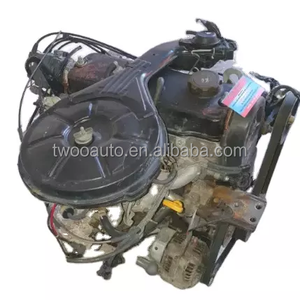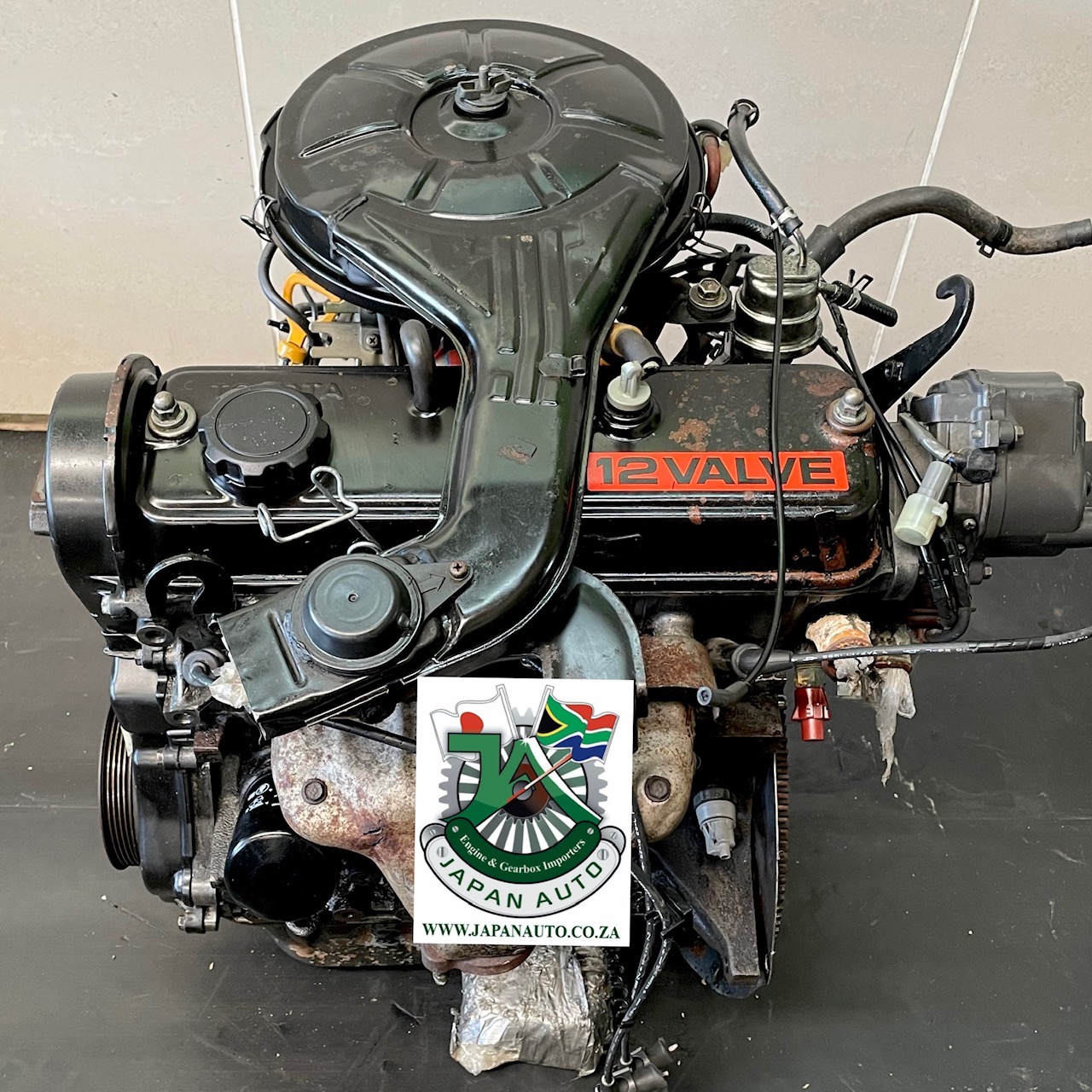Toyota Tazz: A Review of Its Handling, Fuel Economy, and Overall Performance
Toyota Tazz: A Review of Its Handling, Fuel Economy, and Overall Performance
Blog Article
Check Out the most recent Trends in Engine Innovation Through Tazz
In the rapidly developing landscape of automobile innovation, Tazz stands at the leading edge, highlighting considerable improvements in engine systems that prioritize both advancement and sustainability. From crossbreed engines that maximize gas performance to the introduction of hydrogen gas cells, the fads shaping modern powertrains are not just boosting efficiency yet also attending to essential ecological difficulties.
Crossbreed Engine Innovations
Crossbreed engine technologies represent a critical shift in automobile innovation, combining the advantages of internal combustion engines with electric propulsion systems. This integration not only enhances fuel effectiveness but also decreases discharges, conference significantly stringent ecological policies. By utilizing both power resources, hybrid engines can enhance performance, delivering power when required while preserving fuel throughout much less demanding motoring problems.
Current improvements in hybrid technology consist of enhancements in battery efficiency and regenerative stopping systems. These technologies enable for better power recuperation during deceleration, which can be redirected to assist in acceleration or power accessory systems. Makers are focusing on light-weight materials and compact styles to make the most of the effectiveness of crossbreed powertrains.
The advancement of plug-in crossbreeds has actually also broadened the marketplace, enabling chauffeurs to bill their vehicles utilizing common electric outlets. This attribute frequently enables considerable all-electric variety, additional lowering dependence on typical gas. tazz. As the vehicle industry remains to advance, hybrid engine technologies are anticipated to play a critical function in bridging the gap between traditional automobiles and fully electrical versions, providing a transitional service that caters to diverse customer demands and preferences
Developments in Electric Powertrains
The vehicle landscape is swiftly evolving, with electric powertrains arising as a leading force in sustainable transportation. Breakthroughs in electric automobile (EV) innovation are considerably enhancing performance, performance, and user experience. Secret technologies consist of renovations in battery chemistry, which have actually boosted energy density, decreased charging times, and extended overall battery life.
Solid-state batteries, for instance, guarantee to transform the marketplace by offering better safety and security and effectiveness contrasted to traditional lithium-ion cells. Furthermore, innovations in regenerative braking systems are making it possible for automobiles to recover energy during deceleration, adding to total performance.
Along with battery technology, electric motor styles are coming to be more innovative. Developments such as incorporated electric motors and progressed thermal monitoring systems are aiding to optimize power delivery and decrease weight, ultimately improving automobile dynamics.

Jointly, these developments emphasize the commitment to shift in the direction of cleaner, more effective transport services, placing electrical powertrains at the forefront of auto innovation.
The Rise of Hydrogen Gas Cells
Significantly, hydrogen fuel cells are acquiring grip as a feasible alternative to standard inner combustion engines and battery electrical cars. This modern technology uses the chemical power saved in hydrogen, transforming it into electrical power via an electrochemical response with oxygen. The main result of this process is water, making hydrogen gas cells an eco-friendly option with no exhausts at the tailpipe.

Car manufacturers are significantly buying hydrogen gas cell innovation, acknowledging its potential for long-range applications and quick refueling abilities that equal standard fuels. Furthermore, sectors such as sturdy transport and public transit are specifically appropriate for hydrogen gas cells, where battery electric options may fail because of weight and range restrictions.
As research study and financial investment continue to increase, hydrogen fuel cells are poised to play a substantial function in the future landscape of tidy transport and power remedies.
Enhancements in Internal Burning Engines
Technologies in interior burning engine (ICE) innovation are transforming typical these details automobiles to meet contemporary ecological standards and performance assumptions. Straight gas shot, for instance, enables for much better atomization of fuel, leading to more complete combustion and enhanced power output.
Furthermore, turbocharging has acquired importance, enabling smaller engines to provide higher performance without the weight of larger engines - tazz. This technology not only enhances effectiveness however likewise adds to decrease gas intake. Variable valve timing systems are additionally being fine-tuned, allowing engines to adapt to different driving conditions for enhanced torque and responsiveness
Furthermore, using lightweight products in engine construction is coming to be typical, additional enhancing gas efficiency by lowering general car weight. Engine control units (ECUs) are increasingly innovative, allowing real-time modifications that maximize performance and exhausts.
These enhancements jointly indicate a critical change in ICE innovation, straightening with worldwide sustainability objectives while still offering the efficiency drivers get out of their cars. As the sector advances, these improvements proceed to shape the future of standard vehicle design.
Future Patterns in Engine Efficiency
Significant advancements in engine performance are expected as makers concentrate on incorporating advanced innovations to meet rigid environmental regulations and consumer needs. The change in the direction check my reference of electrification, hybrid systems, and alternate gas is reshaping the vehicle landscape, driving innovations that boost fuel economy and minimize emissions.
Among the essential patterns is the implementation of innovative products and making techniques. Light-weight compounds and high-strength alloys contribute to reduced automobile weight, therefore boosting overall efficiency. Furthermore, the adoption of turbocharging and variable shutoff timing technologies permits enhanced power outcome from smaller sized engines, better enhancing fuel economy.

Final Thought
Innovations in crossbreed engine systems, electrical powertrains, and hydrogen gas cells demonstrate a commitment to reducing discharges while improving performance. Renovations in interior combustion engines and an emphasis on lightweight products contribute to total engine efficiency.
From crossbreed engines that maximize fuel effectiveness to the introduction of hydrogen gas cells, the trends shaping modern powertrains are not just improving performance but likewise dealing with important environmental challenges.Hybrid engine developments stand for an essential shift in auto technology, integrating the benefits of internal combustion engines with electric propulsion systems.Furthermore, turbocharging has actually obtained prominence, allowing smaller engines to deliver higher performance without the weight of bigger engines. In addition, the adoption of turbocharging and variable valve timing technologies enables for enhanced power output from smaller engines, additionally boosting gas economic climate.
Enhancements in interior burning engines and an emphasis on their website light-weight materials contribute to general engine effectiveness.
Report this page